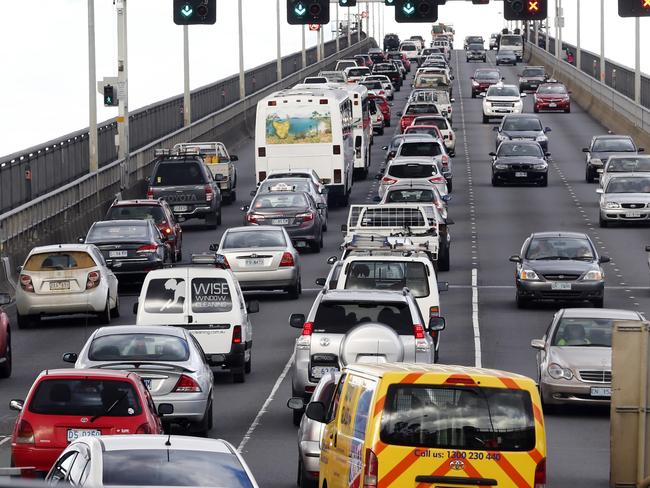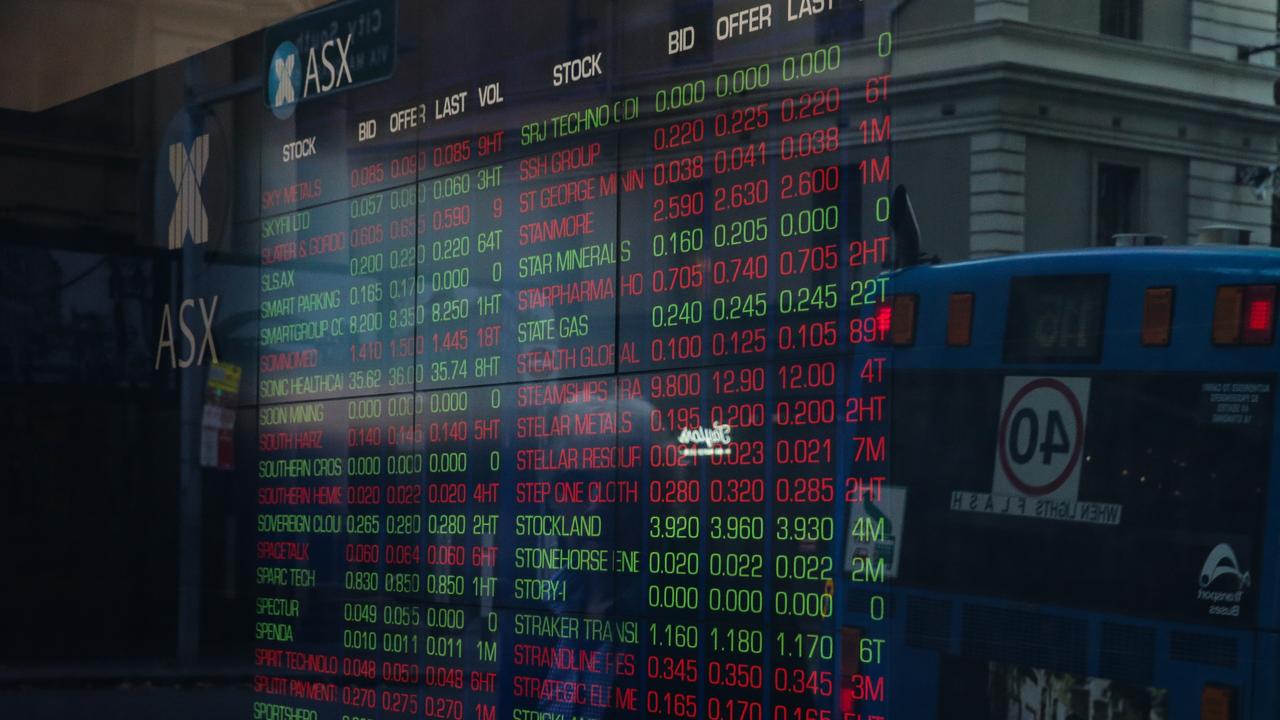Population growth gives Australians misleading picture of economy
WE’RE always told how lucky Australia is compared to other countries, but we’re actually getting a deeply misleading picture.
WE’RE always told how lucky Australia is compared to other countries but one expert says we’re getting a misleading picture because of population growth.
Commonwealth Bank senior economist Gareth Aird has released a report showing population growth was helping the economy and keeping some key figures looking positive but may not be improving the lives of many ordinary Australians.
“The economy might be growing at 3 per cent but that is being massively assisted by population growth and the fact we might be selling more commodities offshore,” he told news.com.au.
He said Australia’s population growth was higher than most other economies in the Organisation for Economic Co-operation and Development (OECD). This was great for the country’s gross domestic product (GDP) and businesses because they can take advantage of an ever-growing customer base.
“If you have more people, they can buy more things,” he said. “If there’s faster population growth, you can have a faster rate of growth of prospective customers.”
As Mr Aird notes in his report: “More people means more spending.”
While this is positive, Mr Aird believes there is not enough consideration of what is driving the GDP figure and the impact of population growth on individual households where underemployment, housing affordability and traffic congestion is making life harder.
He said “headline” economic figures, fuelled by immigration and mining exports, were instead hiding the fact that some Australian living standards were being eroded.
Other figures show life has been tough for individual households over the last five years.
Underemployment, which measures the number of people who have jobs but would like to work more, has been rising. It hit a record high of 8.7 per cent in August 2016.
“Real income growth has been quite weak in Australia for about four or five years,” Mr Aird said.
Housing affordability and traffic congestion, especially in Australia’s capital cities, have also worsened.
Selling more iron ore, coal and natural gas is good for the economy but hasn’t generated the increase in income it was expected to.
“It hasn’t really filtered down to household incomes at all,” Mr Aird said.

This week the International Monetary Fund warned that private-sector debt in Australia was rising faster than almost anywhere in the world and was mostly being driven by lending to households.
It found private debt in Australia had risen from 188 per cent of GDP to 225 per cent since the global financial crisis in 2007.
Mr Aird said growth in the price of housing had been well ahead of income growth since late 2012.
“For the owners of property, this is basically a windfall,” he said in his report. “The losers are those who aspire to own property”.
Those trying to save for a home also had to put aside a greater share of their income to build up a larger deposit, and this acted as a handbrake on spending.
Mr Aird said part of the reason for the increase in housing prices was the high rates of immigration, as the Australian Productivity Commission noted in April 2016. This was made worse by bad planning and zoning decisions.
A higher population also worsened traffic congestion.
Mr Aird pointed out that Melbourne had the strongest population growth rate across Australia’s capital cities and also had the sharpest deterioration in road efficiency in the past year, according to an Infrastructure Partnerships Australia report.
“If population growth is lifting without a commensurate increase in transport infrastructure then traffic congestion by definition will rise. This means that all else equal, living standards are lowered.”
WE NEED MORE INFRASTRUCTURE FUNDING
He said if Australia wanted to keep its population growth high, it needed to look at how this impacted on things like housing affordability and traffic congestion.
Mr Aird said there was clearly a need to lift spending on infrastructure and this was beginning to happen after six years of falling public investment per capita.
He said if governments wanted to maintain a high immigration intake, it should be matched by growth in public infrastructure investment.
While this may require more borrowing, Mr Aird said debt was not necessarily bad depending on what it was being used for.
“There are two different types of debt, the type that is being used to fund recurrent expenditure such as public servant wages is very different to debt being used for infrastructure,” he said.
“What you are borrowing for absolutely matters. If you are borrowing to improve roads, education and health that’s very different.”
Mr Aird said it was the primary role of politicians to look after individual living standards and people were entitled to feel a bit duped by the focus on the headline economic figures at the expense of individual households.
“Policy makers should be paying more attention to what’s happening to living standards,” he said. “These issues won’t go away.”
He believes closer attention should be paid to real net national disposable income per capita that is a more accurate reflection of living standards. This only just turned positive, after a four-year period where it was falling.



